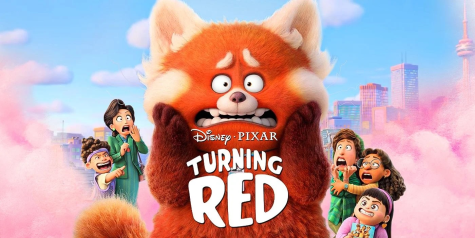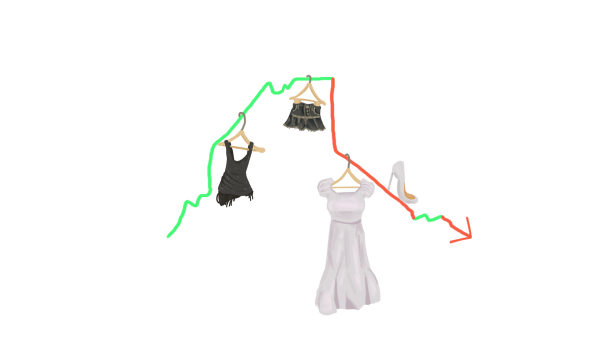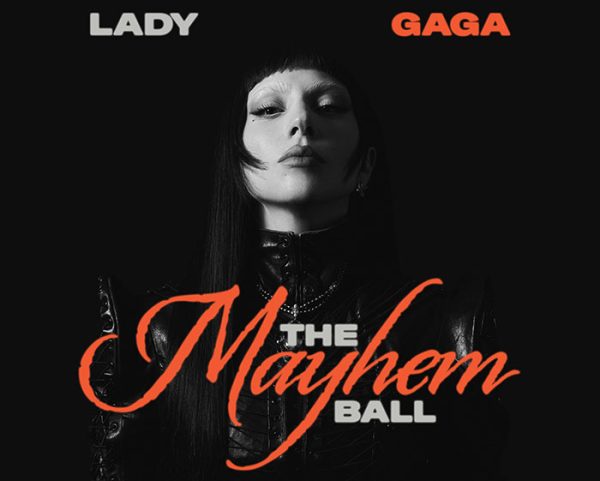Tangled: a 10th anniversary retrospective
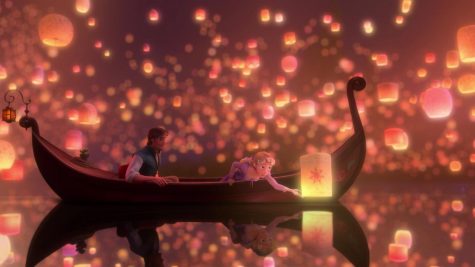
On November 24th, 2010, Tangled was released nationwide in theaters. The film follows the story of the kidnapped princess, Rapunzel, who is kept in a tower guarded by her kidnapper, Mother Gothel. The day before her 18th birthday, Rapunzel makes a deal with a thief named Flynn Rider to go see the Floating Lights, a lantern show that occurs every year on her birthday. Walt Disney Animation Studios’s first fully CGI animated fairytale and 50th animated feature overall starred singer Mandy Moore and actor Zachary Levi, who later played the role of Shazam in Shazam. Although the film may be often overshadowed by other Disney greats such as Aladdin, The Little Mermaid, or even its spiritual successor, Frozen, the film made its impact in shifting towards action and paved the way for future Disney CGI films such as Frozen, Zootopia, Big Hero 6 and Moana.
According to BoxOfficeMojo, the film made 48,767,052 dollars on its opening day and made 592,461,732 dollars worldwide. To this day, Tangled is Disney’s most expensive animated film and most expensive animated film ever, with its budget being a reported 260 million dollars. The film was originally named Rapunzel: Unbraided in 2005. However, the film was retitled Tangled, leading the public to believe that the change was due to the mediocre box office earnings of The Princess and the Frog and the general audience aversion to girl-centric titles. Critic reviews at the time of Tangled’s release noted the film’s title change and speculated if this action was a reach from Disney to reach out to boys. Time Magazine’s Richard Corliss commented that “the trailers suggest[ed] that the movie is an action comedy about a roguish guy (Flynn) whose mission is to storm the tower and free the girl inside,” while Kenneth Turan from NPR’s Morning Edition noted that the film “add[ed] in lots of stirring adventure for the boys.” This choice may have also impacted Disney’s second CGI fairytale, Frozen, which originally had the title, The Snow Queen.
In response to this theory, directors Nathan Greno and Bryan Howard noted in an Entertainment Weekly interview that the need to attract boys to the film was not the factor for changing the film’s title. “Just as you wouldn’t call Toy Story ‘Buzz Lightyear,’ we really needed a title that represented what the film is, and that it’s a duo, and it stars Rapunzel and Flynn Ryder,” said Greno. “We really [weren’t] trying to fool anybody.”

The film’s title change reflected not only a shift away from the common princess story that audiences had grown to know Disney for, but the changing attitude of consumers considering the “Disney Princess” standard to be too restricting for young girls. Disney may have lost faith that female-centric stories could still be appealing in a growing world and felt that by “toughening up” their movies with action and a mischievous male lead, boys would not feel as emasculated as if they just watched a female lead sing and dance about her dream. Inversely, the film’s title change also signified that Tangled could be more than just a “princess” movie aimed at girls but a movie that could entertain everyone, regardless of gender or age.
Looking back on this film, the animation still holds up in a sense. It helps that the film focuses on stylized animation: Rapunzel, Mother Gothel and other female characters in the movie have large pupils that stand out from their typical bodies. Another aspect of the film that still warrants appreciation is the Floating Lights sequence when Flynn and Rapunzel take a boat to see the hundreds of lanterns that light up the night sky. The lighting of the scene is warm and inviting and immerses viewers into Rapunzel’s awe. According to Greno, research was done on “various videos of floating lanterns from Southeast Asia, and [the filmmakers] all said, ‘This is perfect, this is perfect.’” Even nearly ten years after the film’s release, the lanterns hold a romantic effect over the scene and stand out as a memorable moment. Some other effects, however, look slightly off compared to CGI animated movies of today. The effects of water violently rushing around rocks creates particles that are long and too scattered. In addition, fire effects, like the fire that appears in the campfire as Rapunzel and Flynn bond, seems too opaque and soft, rather than clear and harsh.
Although the film follows a typical Disney Princess format: an “I Want Song” literally titled “When Will My Life Begin,” a handsome prince/young man and an evil, older, female antagonist, Tangled took steps to move away from the archetype of a helpless, dainty princess. Although Rapunzel is not the first Disney Princess to make decisions for her life without the help of a male figure (look to Jasmine, Pocahontas, Mulan, etc.), Tangled makes sure to mention within the first ten minutes of the film that Rapunzel is active throughout her sheltered days in her tower.
The aforementioned song, “When Will My Life Begin?” lists the various activities that Rapunzel does to convince the demographic of young girls that she is not docile, but engaged in painting, baking and other ventures, such as ventriloquy. Despite nearly none of these hobbies coming back into play for the rest of the movie, it is remarkable that Disney would put an emphasis on the versatility of Rapunzel’s interests. While the modernization of the original tale still includes the introduction of a prince, willing to guide Rapunzel, the film makes it clear that Rapunzel requires little assistance to leave her tower. She is the one who jumps out of the tower and pulleys her hair down, laughing and smiling all the way. She literally lets her hair down and takes action to live out her dream, rather than spend the rest of her life wishing she had done something. On her adventure, she learns that she is not as incapable and vulnerable in the world as Mother Gothel has led her to believe and realizes that although there may be dangers in her way, she is resourceful enough to deal with them.
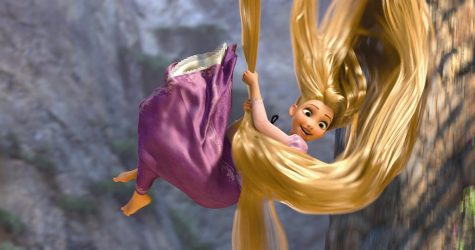
Tangled represented a beginning for Disney in CGI fairytales and an ending in traditional 2D animation. The film unofficially marked the end of 2D animation for Disney, before their last traditionally animated film, Winnie the Pooh (2011) was released, being deemed commercially unsuccessful. As of today, Disney has not returned to fully traditional animation for their films but has utilized 2D animation for planning out their CGI features.
As Tangled reaches its 10th birthday, it stands with a 2017 animated television show, Rapunzel’s Tangled Adventure, a 2012 short named Tangled Ever After and multiple appearances in Disney media, such as a cameo appearance of Rapunzel in the 2018 movie Ralph Breaks the Internet. Although Tangled may have not received a universally beloved status, it has made its mark in the change of Disney culture and remains a hair-raising adventure that’s due for a revisit.



